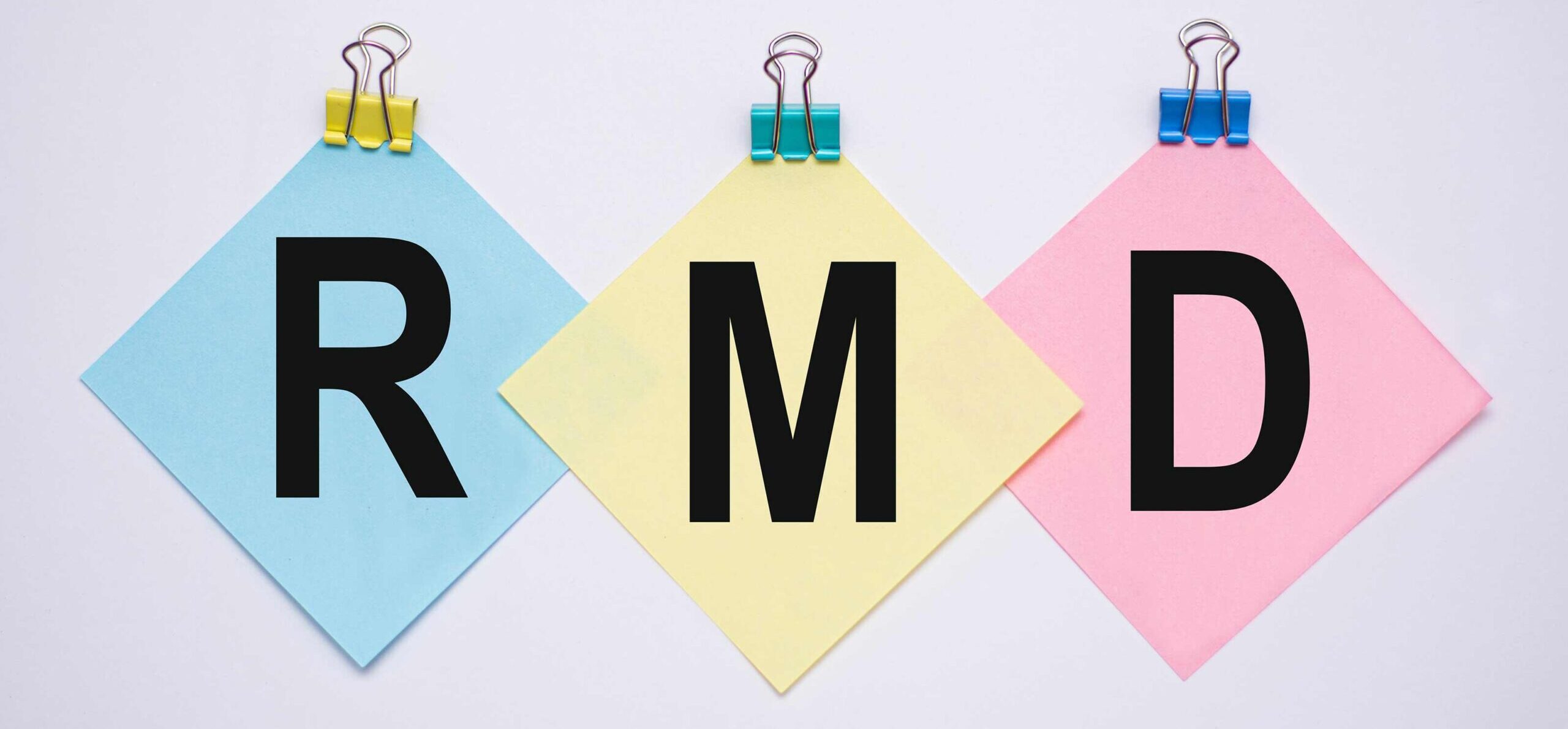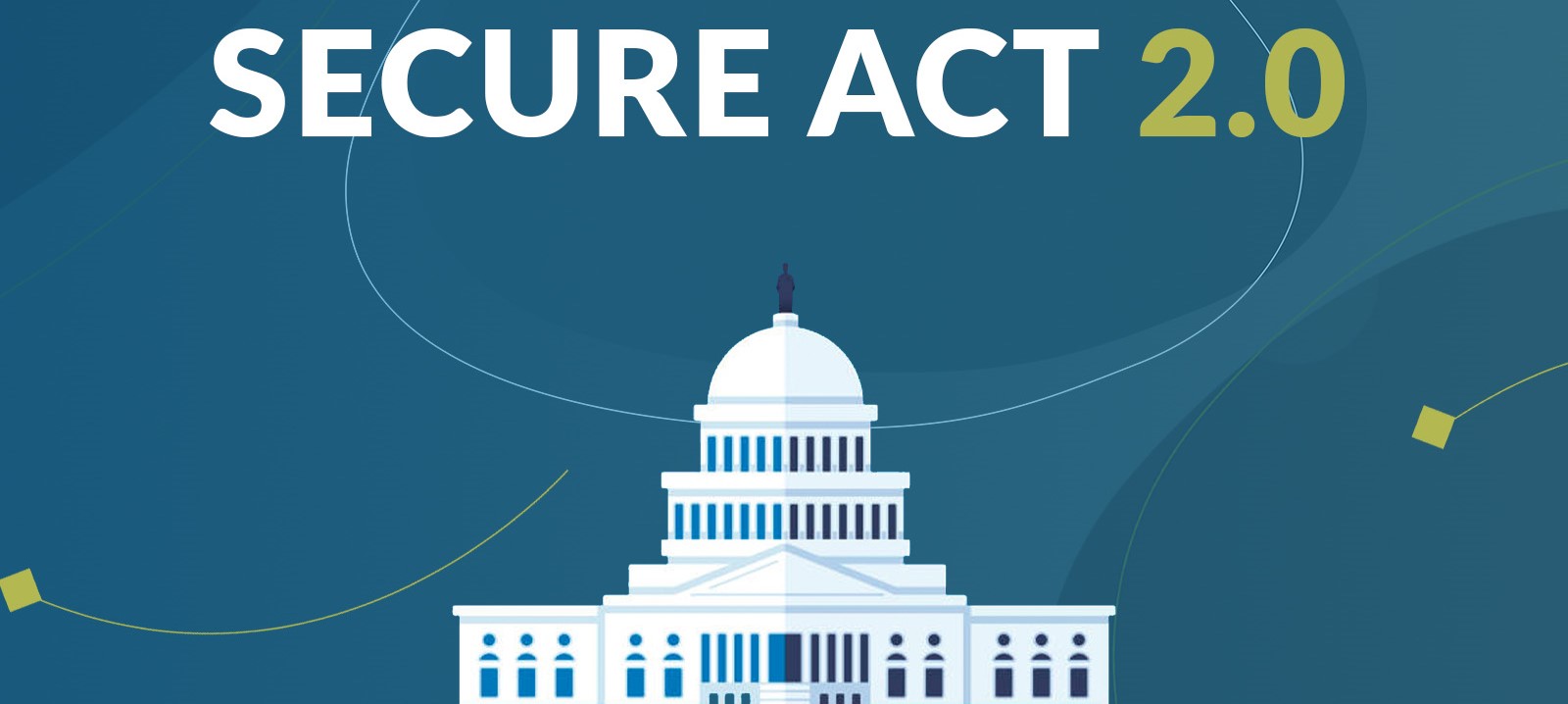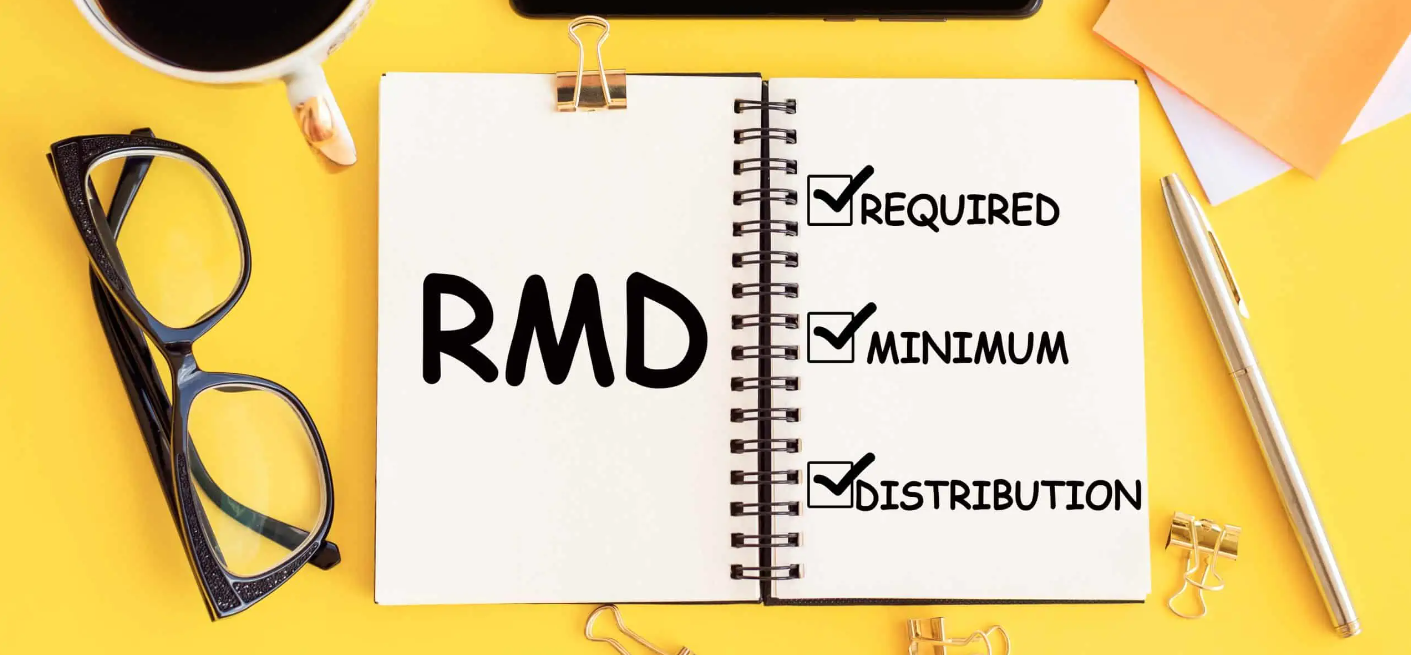The IRS recently said it would waive the 50% penalty on RMDs missed in 2021 and 2022. The waiver applies to IRA beneficiaries subject to the 10-year payout rule who inherited in 2020 or 2021. However, as things stand now, the RMD grace period will end in 2023. Beneficiaries who benefit will be subject to the 50% penalty if they don’t take their 2023 RMD by 12/31/23. These waivers were announced in IRS Notice 2022-53. Although unclear, it appears that beneficiaries do not have to take RMDs for years to which the penalty waiver applies.
CALCULATIONS
Once the RMD grace period ends, how will beneficiaries calculate RMDs if they didn’t take annual RMDs for 2021 and 2022 (for a 2020 death) or for 2022 (for a 2021 death)? First, the 10-year payout period remains the same. It will still end on 12/31 of the year of the 10-year anniversary of the original IRA owner’s death. Second, the 2023 RMD will be determined using a life expectancy as if the RMD for 2021 and 2022 were taken – even if they weren’t.
Example
Let’s assume Aaron died in 2020 at age 82 and left his traditional IRA to his daughter Zoey, age 55. Zoey is a non-eligible designated beneficiary, so she is subject to the 10-year payout rule. Aaron died after his RMD-required beginning date. Without the recent IRS guidance, Zoey would have been subject to a 50% penalty if she didn’t receive an RMD for 2021 (the 1st year of her 10-year payout period) and a penalty if she doesn’t take her 2022 RMD (the 2nd year of her 10-year term).
Assume that Zoey doesn’t take RMDs for either 2021 or 2022. Zoey’s 10-year payout period remains the same, so she must still empty the inherited IRA on 12/31/30. And, she must receive annual RMDs for years 3-9 of the 10-year period starting in 2023. The 2023 RMD will be calculated as if she did take the 2021 and 2022 RMDs. The 2021 RMD would have been the 12/31/20 balance of the inherited IRA divided by 28.7 – the life expectancy of a 56-year-old under the old IRS Single Life Expectancy Table. The 2022 RMD would have been the 12/31/21 account balance divided by 29.6. The 29.6 is arrived at by “resetting” the life expectancy (determining the life expectancy of a 56-year-old under the new IRS Single Life Expectancy Table (30.6) and subtracting one from that).
So, Zoey’s 2023 RMD will be the 12/31/22 IRA balance divided by 28.6, the life expectancy that would have applied for 2022, subtracted by one. For 2024, a 27.6 life expectancy will be used, and so on. The fact that Zoey chose not to take RMDs for 2021 and 2022 is simply ignored due to the RMD grace period.
Of course, all of this could change when the IRS issues final RMD regulations. We’ll keep you posted.
By Ian Berger, JD
IRA Analyst











